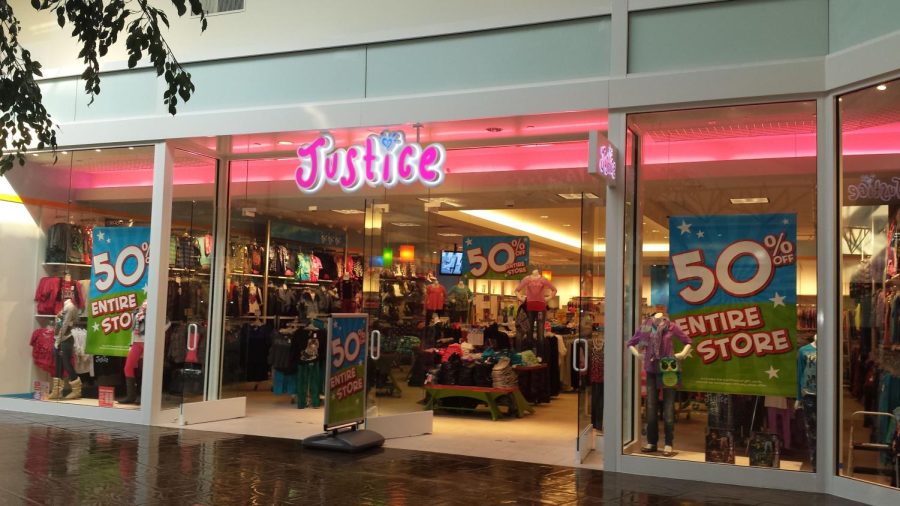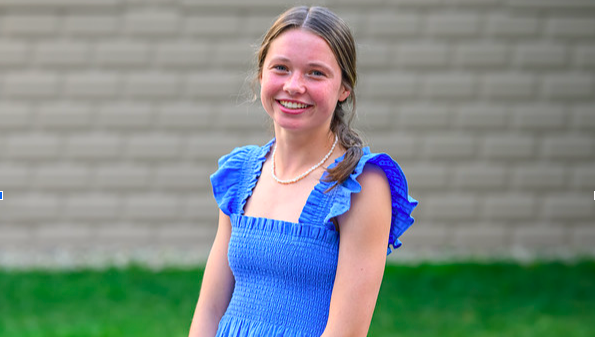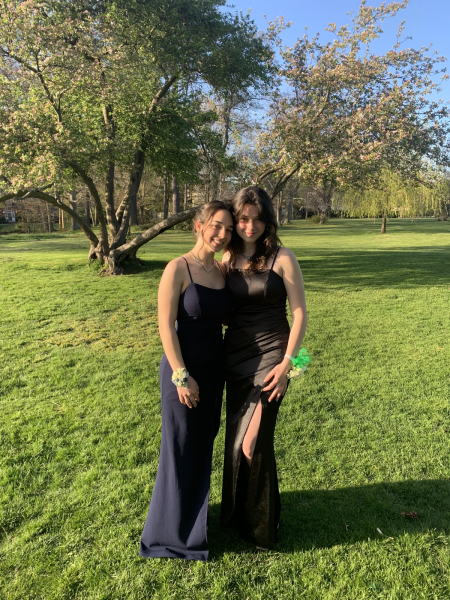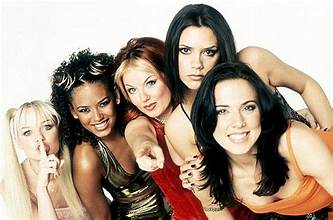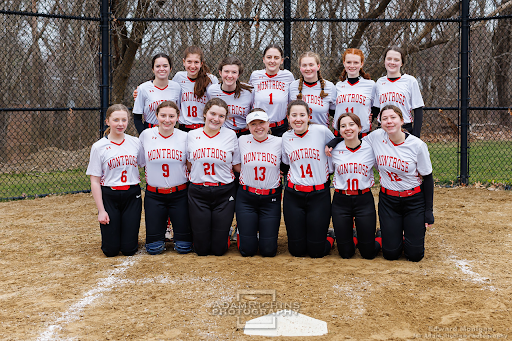What Happened to Justice?
https://i.pinimg.com/originals/bf/45/70/bf45708d96ea1dceab0fc340ca320b33.jpg
What happened to Justice? Chloe Stefani ’24 lets us know.
If you’re like me, then 90% of your wardrobe came from the store Justice when you were younger. The experience of walking into the brightly colored store and looking through all the glitter and sequin-covered clothing is definitely a core memory of mine. With their slogan: “Justice: Just for Girls,” shopping there felt like a way of declaring “girl power.” Strolling in with your mom and browsing through all of the styles, those similar to ones worn on Disney Channel and Nickelodeon, while the new Justin Bieber song was blasting, added to the overall enjoyment of shopping there. And after talking with some of my friends, it turns out we all had the same childhood. As we were swapping photos of our younger selves decked out in head-to-toe Justice outfits, it hit us that we really haven’t heard anything about the brand in a long time. What happened to Justice?
The answer wasn’t difficult to get to the bottom of. After a quick Google search, we found out that the brand actually shut down all of their stores in 2020 due to bankruptcy. After exchanging disappointment over the “death of our childhoods,” we were all thinking the same thing: How did one of the most popular brands for younger kids close their doors? If there’s one thing I remember about elementary school, it was that all of my friends and I were obsessed with Justice clothes. I specifically remember how excited we would get when the catalogs would come in the mail, and we would circle the outfits we liked. What happened during the time I exited the age demographic? Did everyone’s tastes magically change? I thought way too deeply about this and ended up spending an hour of my afternoon falling down rabbit hole after rabbit whole. Here’s what I found:
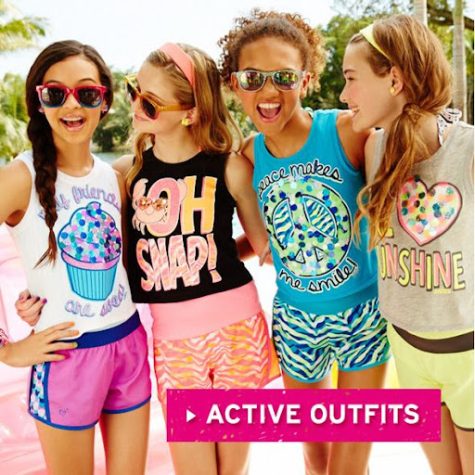
Justice as a brand was originally called Limited Too, which was immensely popular during the 1990s and early 2000s. Similarly to Justice, the brand focused on a very specific age demographic: “tweens,” or kids aged from 10-13. Focusing on that age group is actually a very intelligent move as a kids’ clothing brand, because that age is when most kids start to care about self-expression and having a personal style. So, it makes sense that Justice is also remembered as having a ton of variety, whether it’s offering a style in every color imaginable, or their line of shirts that had the names of sports you played in big glittery letters.
Something that is important to note about Justice clothes is that they looked like kids’ clothes. Too often, we see brands marketed to young kids that are attempting to sell them a mature style. Justice didn’t shy away from looking like a kids’ brand, with sparkles as its signature. More specifically, all of the clothes were covered in them. As I was looking back at old advertisements, I was taken aback by how loud the clothes were, because I remember thinking they were completely normal looking. But looking back, there wasn’t much that wasn’t bright, flashy, or adorned with cartoon images of food with puns on it. When I was in the 10-13 year old age demographic, this was the pinnacle of fashion.
I aged out of Justice clothes around 2016, and since then, the brand fell from one that was extremely popular, with stores in multiple countries, to one that no longer has any physical stores. All I could think about was: “What happened in the late 2010s?” There’s the obvious answer of trends simply changing. But Justice had survived for almost two decades, plenty of time for trends to change, without losing popularity. So, what was the cause of its sudden decline? You’ve probably seen memes and TikToks made by adults and older teenagers about how “Middle schoolers nowadays seem to skip their awkward phase.” That commentary, while generalized for humor, actually holds some truth.
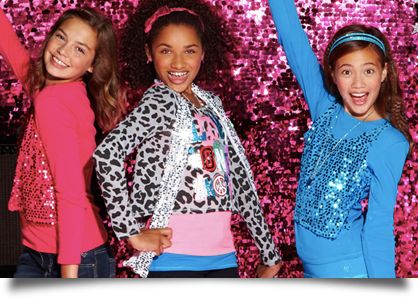
During the later 2000s and early 2010s, there was no social media telling kids what was trendy. The result is embarrassing outfit decisions we all made as 10-year-olds that have us saying: “Who let me wear that?” My suspicion was that this phenomenon also correlated with the fall of Justice’s popularity. Because young kids now have exposure to social media, they want to emulate the styles seen on older celebrities and influencers, such as Charli D’Amelio for example, who definitely doesn’t wear glitter from head to toe. Social media and micro-trends now tell kids what to like, instead of them simply liking what they like. The result is the rise in more mature and simple styles in kids’ clothes, compared to the loud and sparkly outfits of our childhoods.
This is when I took to YouTube, and watched a video essay titled, Justice: The 2000s Tween Girl Powerhouse, by YouTuber Dream Jelly. It turns out I was not alone in my suspicion. They state: “This shift to a more modern and arguably more mature style isn’t necessarily good or bad. It’s just an observation, but I think it does lead to an interesting point overall that the tween demographic, in a way, is kind of fading out of existence. The awkward stage of growing up and discovering yourself has been erased by social media and influencer culture. Now children as young as the early tween age of nine or even younger are adopting the styles and culture that they constantly see around them. This makes the original intention of Justice and its older clothing items more and more obsolete as the years go on, and young girls are more likely to want to dress like the older girls they see online.”
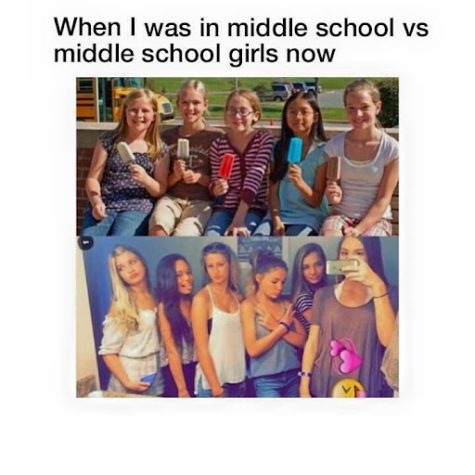
In 2021, Justice partnered with Walmart and began selling a line that can be bought in physical Walmart stores. What struck me the most was how far from favor the brand has fallen, going from pretty expensive to now being sold in the corner of a superstore with all of the prices slashed. Even the newer clothing they sell doesn’t look like the old Justice clothes, being pretty basic and not very bold. Now the question is: “Is this a bad thing?” On the one hand, I’m a firm believer in the idea of “letting kids be kids.” In my opinion, there’s no rush in trying to look older when you’re a seven-year-old. On the other hand, Justice wasn’t perfect either. The brand only sold hyper-feminine styles, pressuring an entire generation of girls to dress a certain way.
So, I think there’s a happy medium. Many other kids’ clothing brands have also evolved to match the modern trends that social media throws their way, leaving the rest of us to sit back and watch kids nowadays grow up faster than we did. I have to poke fun at myself, because my generation is far from blameless, with many of us getting social media as young teenagers. I know from experience that nothing is more frustrating than when older generations talk down to younger generations just because they’re growing up differently. But I think there’s something to be said about reveling in the innocence of childhood while you can, something that is becoming more difficult due to the constant exposure to the internet and social media.
By Chloe Stefani ’24, Fashion Editor
24cstefani@montroseschool.org

